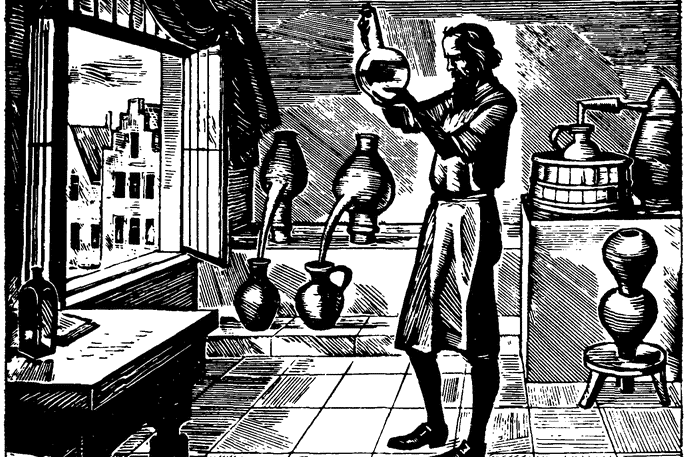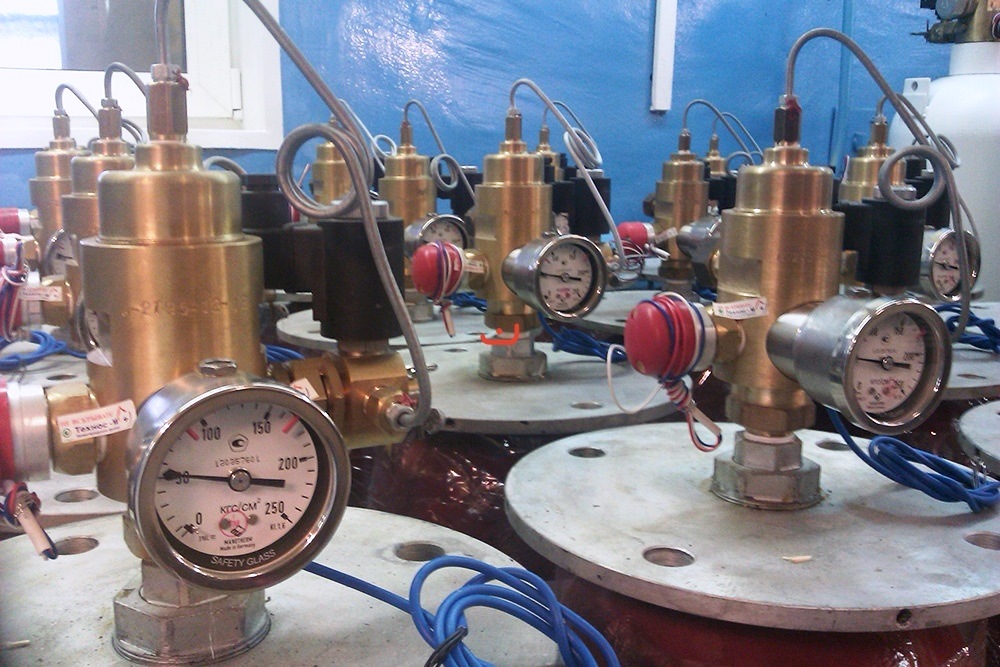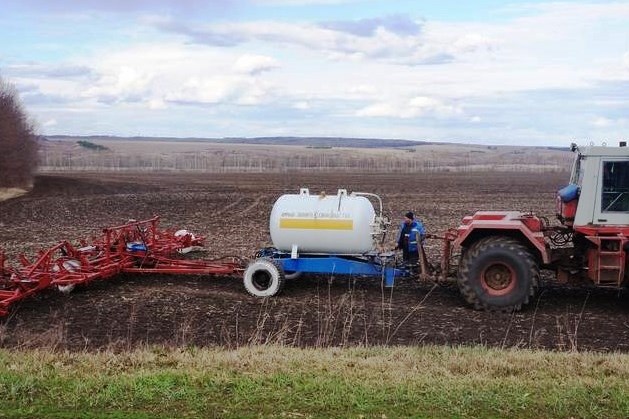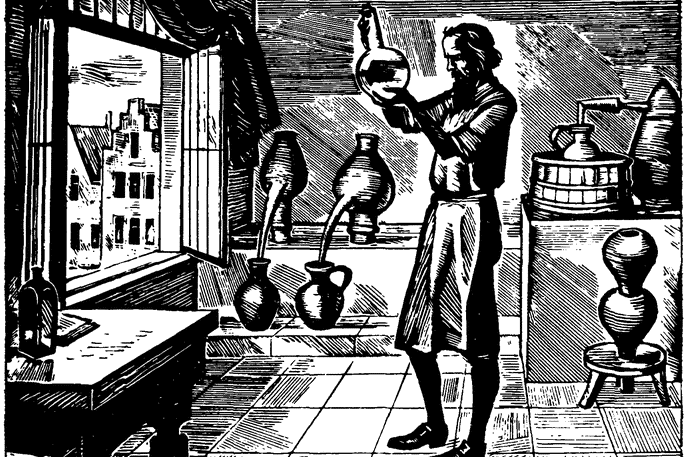
Ammonia was obtain in pure form in 1774 by an English chemist Joseph Priestley. He heated sal ammoniac (ammonium chloride) with slack lime (calcium hydroxide). The reaction 2NH4Cl + Ca(OH)2 ® NH3 + CaCl2 is still used in laboratories if required a small quantities of this gas. Priestley collected the released ammonia over mercury. He called it "alkaline air" because water solution of ammonia had all attributes of alkalis. In 1784, a French chemist Claude Louis Berthollet decomposed ammonia into elements with the help of electric discharge and thus identified the composition of this gas. Ammonia received its official name as "ammoniac" in 1787 from the Latin name of ammonium chloride - sal ammoniac; because that salt was obtain near the temple of Egyptian god Amon. This name still retained in the majority of West-European languages (German Ammoniak, English ammonia, French ammoniaque); the abbreviated Russian name "ammiak" was introduced in 1801 by Russian chemist Yakov Dmitrievich Zakharov who was the first to develop the Russian chemical nomenclature system.
There are hydrogen bonds between ammonia molecules. Although they are not as strong as between water molecules, these bonds promote strong attraction between molecules. That is why physical properties of ammonia are in many respects abnormal as compared to properties of other hydrides of elements in the same subgroup (PH3, SbH3, AsH3). In solid ammonia, each nitrogen atom is link to six hydrogen atoms by three covalent bonds and three hydrogen bonds. In ammonia melting only 26% of all hydrogen bonds break, another 7% explode when heated to the boiling point of a liquid. Only when the temperature is above that value almost all bonds remaining between molecules are disappear. Ammonia stands out among other gases because of its great solubility in water: under normal conditions, 1 ml of water is able to absorb more than a litre of gaseous ammonia (more exactly, 1,170 ml) with formation of 42.8% solution. If we calculate relationship between NH3 and H2O in saturated solution under normal conditions, we will find that for each one ammonia molecule, there is one water molecule.
Ammonia is chemically active and interacts with many substances. It burns with pale-yellow flame in pure oxygen, turning, mainly, into nitrogen and water. Mixture of ammonia and air with ammonia content from 15% to 28% is explosive. Ammonia, due to its non-divided electron pair, forms a huge number of complex compounds with metal ions - so called amino compounds or ammoniates. In contrast to organic amines, the nitrogen atom in these complexes is always links to three hydrogen atoms. The most interesting of various substance solutions in liquid ammonia are, doubtlessly, solutions of alkaline metals. Such solutions is raise a great interest with scientists for more than a hundred years. Solutions of sodium and potassium in liquid ammonia were obtained for the first time in 1864. Several years later was found that if ammonia evaporate normally, the residue would consist of pure metal, just as we can observe in reactions of common salt in water.
When metals are dissolved in liquid ammonia, the solution volume is always higher than the summary of component volumes. As result of expansion, its density continually decreases with concentration increases (which is not the case with water solutions of salts and other solid compounds). Lithium concentrated solution in liquid ammonia is the lightest liquid under normal conditions. Its density at 20° C is only 0.48 g/cm3 (only hydrogen, helium and methane, liquefied at low temperatures are lighter than this solution). How much metal can dissolve liquid ammonia. It depends mainly on temperature. At boiling temperature, the solution contains about 15% (molar) of alkali metal. As temperature rises, solubility increases quickly and becomes infinitely great at the metal melting temperature. This means that molten alkali metal (e.g., caesium at 28.3°C already) is mixed with liquid ammonia in any proportions. Evaporation of ammonia from concentrated solutions is slow since its saturated vapor pressure tends to zero as metal concentration increases.
Addition interesting fact: diluted and concentrated solutions of alkali metals in liquid ammonia do not mix with each other. This is a rare phenomenon for aqueous solutions. If, for instance, 4 g of sodium is added to 100 g of liquid ammonia at a temperature of –43°C, the solution will split into two phases by itself. One of them, more concentrated but less dense, will be on top while diluted solution with higher density will be at the bottom. The boundary between the solutions is easily noticeable: the upper liquid has metal bronze shine, and the lower - dark blue.
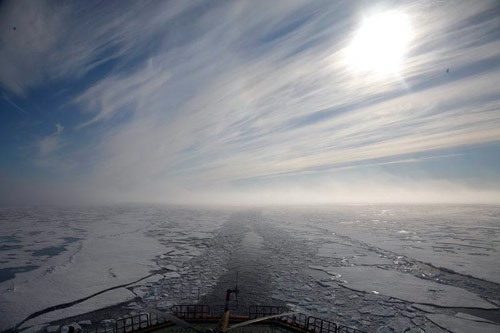

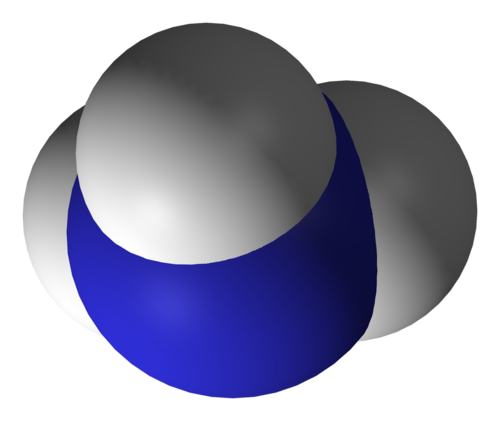
.jpg)
